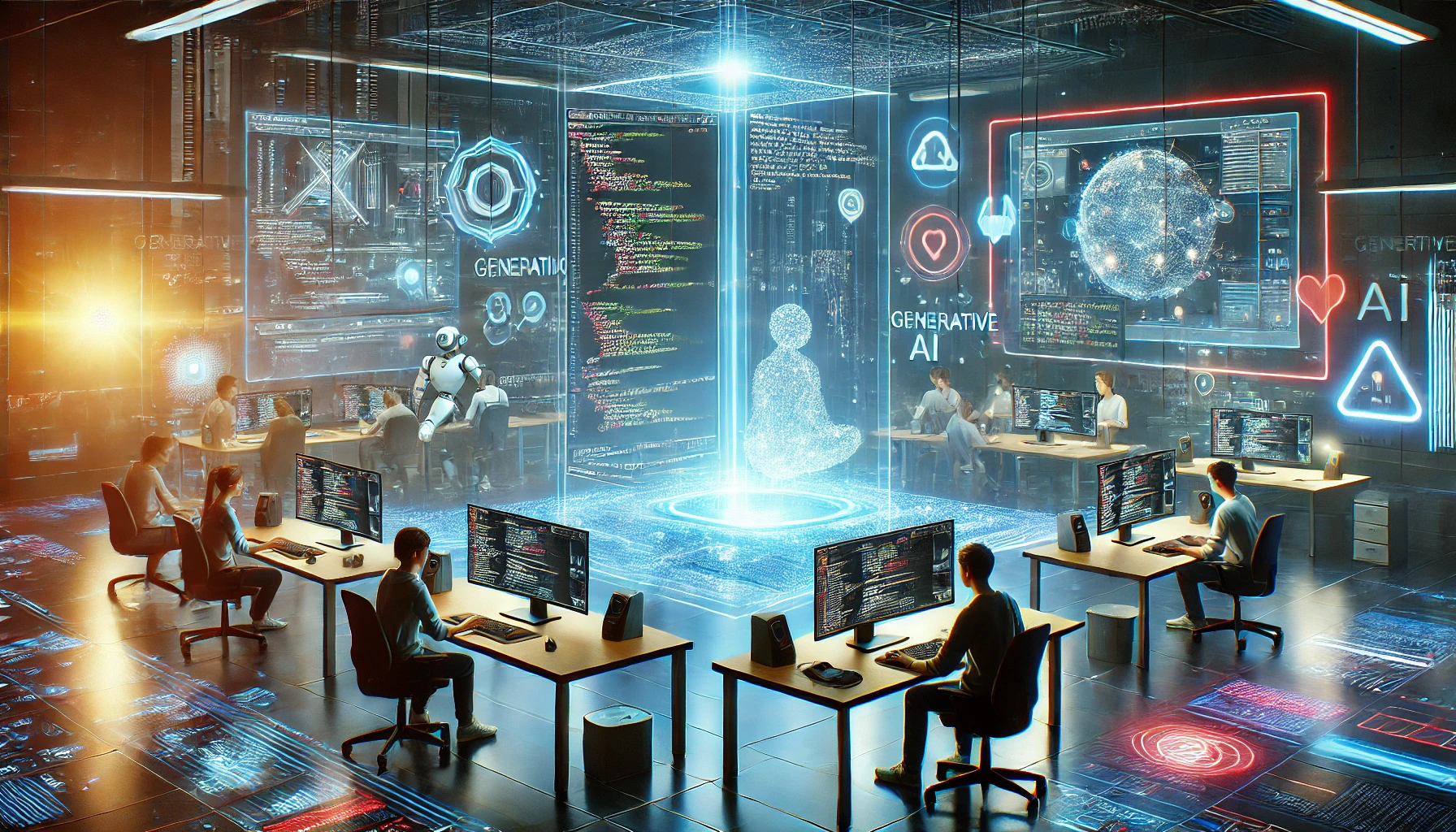Introduction
Generative Artificial Intelligence (AI) represents one of the most transformative advancements in technology, capable of creating new content, from images and text to music and even programming code. By leveraging advanced machine learning techniques, particularly deep learning, generative AI models have found applications across diverse industries, unlocking unprecedented possibilities while raising critical questions about their implications.
A Brief History of Generative AI
The roots of generative AI can be traced back to the early days of neural networks in the 1950s. However, the true leap came with the advent of Generative Adversarial Networks (GANs) in 2014, introduced by Ian Goodfellow. GANs work by pitting two neural networks against each other—a generator and a discriminator—to create realistic data. This innovation opened doors to generating high-quality images, videos, and audio.
In recent years, the emergence of transformer-based architectures like OpenAI's GPT (Generative Pre-trained Transformer) and DALL-E has revolutionized natural language processing (NLP) and image generation. These models leverage vast datasets and extensive computational resources to produce coherent text and detailed visuals, heralding a new era for generative AI.
How Generative AI Works
Generative AI models learn from data to identify patterns and generate new content. Two predominant approaches include:
-
Generative Adversarial Networks (GANs): GANs consist of two networks:
- Generator: Creates fake data samples.
- Discriminator: Evaluates data authenticity, distinguishing between real and generated samples.
The iterative competition between these networks improves the quality of generated outputs.
-
Transformer-Based Models: Transformers use attention mechanisms to understand relationships in sequential data. Models like GPT-4 use billions of parameters to generate contextually accurate text, while DALL-E and Stable Diffusion extend this capability to images.
Applications of Generative AI
Generative AI has permeated numerous fields, including:
- Content Creation: Automating writing, video editing, and graphic design.
- Healthcare: Generating synthetic medical data for research and personalized medicine.
- Entertainment: Developing virtual characters, composing music, and enhancing gaming experiences.
- Software Development: Automating code generation and debugging.
- Education: Creating personalized learning content and simulations.
Advantages of Generative AI
- Enhanced Creativity: Enables artists, designers, and writers to explore new frontiers.
- Efficiency Gains: Automates repetitive tasks, saving time and resources.
- Accessibility: Provides tools for individuals with limited expertise to create high-quality content.
- Innovation in Research: Facilitates simulations and synthetic data generation for experiments.
Challenges and Concerns
Despite its promise, generative AI comes with challenges:
- Ethical Issues: Risks of deepfakes and misinformation.
- Bias in Models: Reflects biases present in training data, leading to unfair outcomes.
- Copyright Concerns: Questions about ownership of AI-generated content.
- High Computational Costs: Significant energy consumption raises environmental concerns.
- Regulation and Accountability: Lack of clear policies governing AI use.
Future Prospects
Generative AI is poised to reshape industries further. Ongoing research aims to:
- Enhance Model Interpretability: Making AI decisions more transparent.
- Reduce Bias: Developing fairer algorithms.
- Optimize Efficiency: Lowering computational and energy costs.
- Strengthen Regulations: Establishing ethical frameworks and accountability standards.
Conclusion
Generative AI exemplifies the potential of artificial intelligence to revolutionize how we create, innovate, and solve problems. While the journey is filled with both opportunities and challenges, the collaborative efforts of researchers, policymakers, and technologists will ensure that generative AI is harnessed responsibly to benefit society.
As we stand at the frontier of AI-driven creativity, the role of generative AI in shaping the future cannot be overstated.
